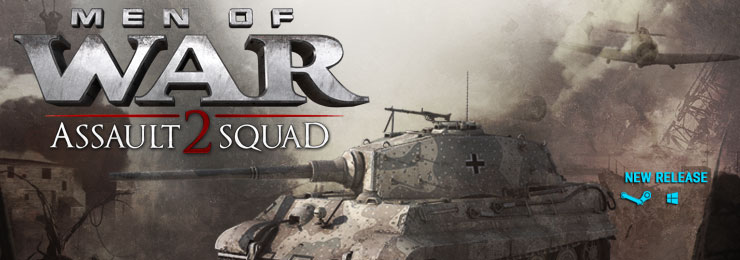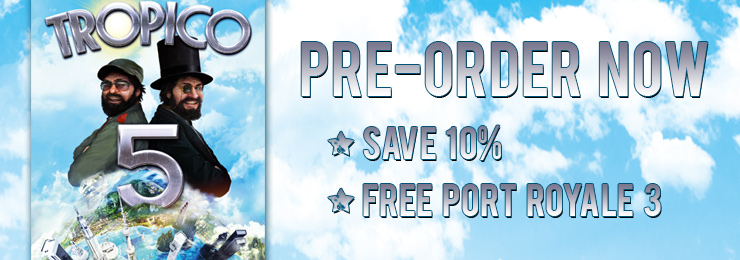There’s a lot riding on this shot.
It’s night in Mumbai. We’re in an army depot. Tanks parked in neat
covered-and-aligned rows smoulder like spent fireworks, giving off an
eerie orange glow. Captain Javier “Hex” Soto is resting his sniper rifle
in the crook of his arm, lining up a standing shot on a monster.
A chryssalid is a half-again as tall as a man and sports a spidery
assortment of arms, legs, and fangs — it’s responsible for the unnerving
soundtrack of screams provided by the terrified civilians who dart
between the columns of burning tanks looking for somewhere to hide.
The chryssalid in question is standing right next to the rookie, a
kid from Russia named Gusev whose shaky aim emptied a magazine into thin
air when he tried to kill the monster himself. If Soto misses this
shot, that chryssalid is going to tear Gusev in half (if he’s lucky) and
Soto will be the last man standing from the five that I landed in
Mumbai ten minutes ago. If Soto misses this shot, he probably won’t make
it back to the Skyranger alive to bug out. The government of India,
already shaken by the reports of alien abductions and terror attacks
will almost certainly withdraw from the multinational project that funds
my team. And if India follows the other nations who’ve already
withdrawn, I may not have enough money next month to keep pace with the
inexorable advance of the alien horde. I will lose, and humanity will
lose with me.
Don’t miss this shot, Soto.

XCOM is fond of night missions — which means you’ll turn the brightness up on your device, which eats battery faster.
This is XCOM, the 2012 PC & console re-make of the 1994
Microprose classic. XCOM is the story of an alien invasion and the men
and women you lead in an attempt to repel it. Like its forbear, XCOM is a
strategy game that gives you a remarkable set of tools, and then gets
out of your way to let you tell the story yourself. Unlike its forbear,
I’m playing it on my iPad.
2K and Firaxis were entirely up front with us when they announced
this port a few months ago. XCOM for iOS was going to be the full-fat
console/PC XCOM — with a few concessions. To run on the more modest iOS
hardware, affordances would have to be made, meaning that some of the
less crucial content would be cut out.
Gone are the alien autopsy and interrogation videos and the custom
colors for armor. The cars found in urban missions don’t explode with
the same verve that they did on the PC, and the smoke from smoke
grenades doesn’t billow as much as it used to. These details were
wonderfully immersive, but ultimately just window dressing. The
important stuff is still there. You are still the XCOM Project’s
all-powerful administrator, training troops and assigning research
priorities. You are still the battlefield commander, making every
tactical call in the turn-based battles. The game doesn’t include the
Second Wave options that were added as a free DLC after the PC/console
release last year, unfortunately, but the game’s difficulty settings are
still brilliantly calibrated: Normal for those who prefer their AI
opponents to lose gracefully, Classic for players who enjoy living on
the knife edge of failure, and Impossible for utter sadists.
There are fewer unique battlefield levels than there were in the PC
version, but only those who replay the game again and again are liable
to notice. It’s possible to run into the same maps twice in the same
playthrough, but because you are constantly evolving your forces to keep
pace with the new monsters that the aliens throw at you, you won’t have
the same tactical challenge repeated. Maybe you’ll be fighting sectoids
and floaters with slug-throwing rifles the first time you see the
graveyard map — if you see it again later you’ll be hunting mutons and
cyberdiscs with heavy plasmas and alloy cannons.

Sometimes you eat the bear, sometimes the bear eats you.
For all the good things that XCOM for iOS has borrowed from its
predecessor, it’s also inherited some of its quirks. Inventory
management is still a boondoggle that will have you hunting through your
barracks one locker at a time to find the soldier that took the last
medikit with them off-duty. The idiosyncratic way that the game spawns
bad guys is still there, too: squads of aliens pop out of a terrifying
jack-in-the-box when you reveal the tile they’re hiding in — a system
that punishes noobs and that experienced players find easy to game.
XCOM works beautifully on iOS. The controls are perfectly set up for a
touchscreen, and it’s satisfying to discover iOS control metaphors
turning up in unexpected places: you can switch between soldiers on the
battlefield by swiping their names, or use pinch-to-zoom to explore the
subterranean XCOM base in the strategic layer. Every once in a while you
run into a hitch that reminds you that you’re playing a game originally
designed for another platform (pinch-to-zoom has a tiny bit of lag on
the tactical screen, and the game’s loading times are prodigious), but
by and large it’s hard to spot the seams in the port.

The “ant farm” base is more fun to explore on a touchscreen.
Like Soto’s rifle shot, there’s a lot riding on XCOM for iOS. This is
the second time that XCOM has been forced into the role of coal mine
canary. Last year, industry observers scrutinized the game’s launch to
see if the gaming public was prepared to pay top-dollar for a AAA
turn-based strategy game, a genre that conventional wisdom had consigned
to the dustbin of the 1990s along with AOL dial-up CD ROMs and
Lucasarts adventures. Now XCOM for iOS is a weathervane for determining
if Joe iPhone is ready to spend $20 on a mobile game. I hope he is,
because XCOM is worth it.
XCOM for iOS might be burdened with a few irritating telltales of its
console origins, but it’s a close enough to a native experience that
those foibles are worth putting up with. It is one of the deepest and
most satisfying video game experiences you can have on a mobile device,
and despite the details that have been shaved away in the porting
process, it’s still capable of generating true drama.
Don’t miss this shot, Soto.
SCORE
5 out of 5







 Men of wa
Men of wa











.gif)